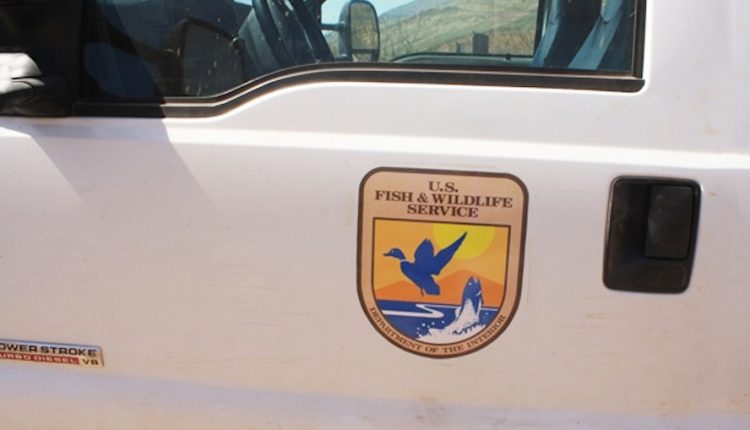
Fish and Wildlife Service Finalizes Critical Habitat Designation for Northern Mexican Gartersnake, Does Not Include Small Business Analysis
By Prianka Sharma, Assistant Chief Counsel
On April 28, 2021 the U.S. Department of the Interior’s Fish and Wildlife Service (FWS) finalized a rule designating critical habitat for the Northern Mexican gartersnake. The agency listed the species as threatened on July 8, 2014.
Following the listing, FWS issued two proposed rules designating critical habitat for the gartersnake. The original proposed rule published on July 10, 2013, proposed designating 421,423 acres in La Paz, Mohave, Yavapai, Gila, Cochise, Santa Cruz, and Pima Counties in Arizona, and in Grant County in New Mexico as critical habitat for the species. After reviewing additional available data, and public comment, the agency revised its proposal and published a revised proposed rule for public comment on April 28, 2020. The revised rule reduced the designation area for the Northern Mexican gartersnake to approximately 27,784 acres.
Advocacy and other small business stakeholders commended Fish and Wildlife Service for revising its previous proposal to include only those areas within the range of the species, and for considering updated data to ensure that the boundary of critical habitat was accurate and captured the area occupied by the species. Read Advocacy’s comment letter here.
While Advocacy is pleased that FWS considered public comment on both proposals and ultimately finalized the rule after consideration of available data, the rule does not address other concerns raised. Specifically, Advocacy commented that the agency should engage with stakeholders early in the process. While FWS acknowledged that stakeholder engagement is important in determining long-term conservation of the species, they did not affirm that they will conduct early engagement on such issues and reiterated what is already known to Advocacy and the public regarding the requirements for designating critical habitat (that the designation must be prudent and determinable). This is not responsive to Advocacy’s comment that FWS conduct early engagement with stakeholders who may have updated data and information that can help inform a proposed rule. Early engagement will ensure that the agency does not delay the rulemaking process by having to revise proposals once additional data is received.
Advocacy also commented that FWS should consider the full scope of impacts to small entities by conducting a proper and thorough Regulatory Flexibility Act (RFA) analysis. Advocacy has long commented that FWS improperly certifies regulations designating critical habitat. Indeed, these rules often have direct and significant impacts on small entities including project abandonment, major project delays, and regulatory uncertainty. FWS once again argued that only federal agencies are subject to the requirements of the rule, and declined to conduct an RFA analysis.
While Advocacy is pleased that FWS considered public comment in updating the critical habitat designation for the species, we remain disappointed at the agency’s lack of small business analysis in the rulemaking despite repeated attempts to demonstrate how critical habitat designations directly impact small businesses.
Advocacy hopes that FWS will be willing to revisit its position in future rulemakings to ensure that they are providing transparent and thorough information to regulated small entities.
Read the final rule designating critical habitat here.
Prianka Sharma is an Assistant Chief Counsel for Advocacy whose portfolio includes agriculture, energy, and natural resources. Sharma can be reached at Prianka.sharma@sba.gov.
